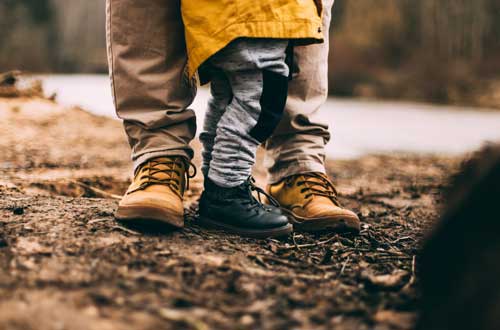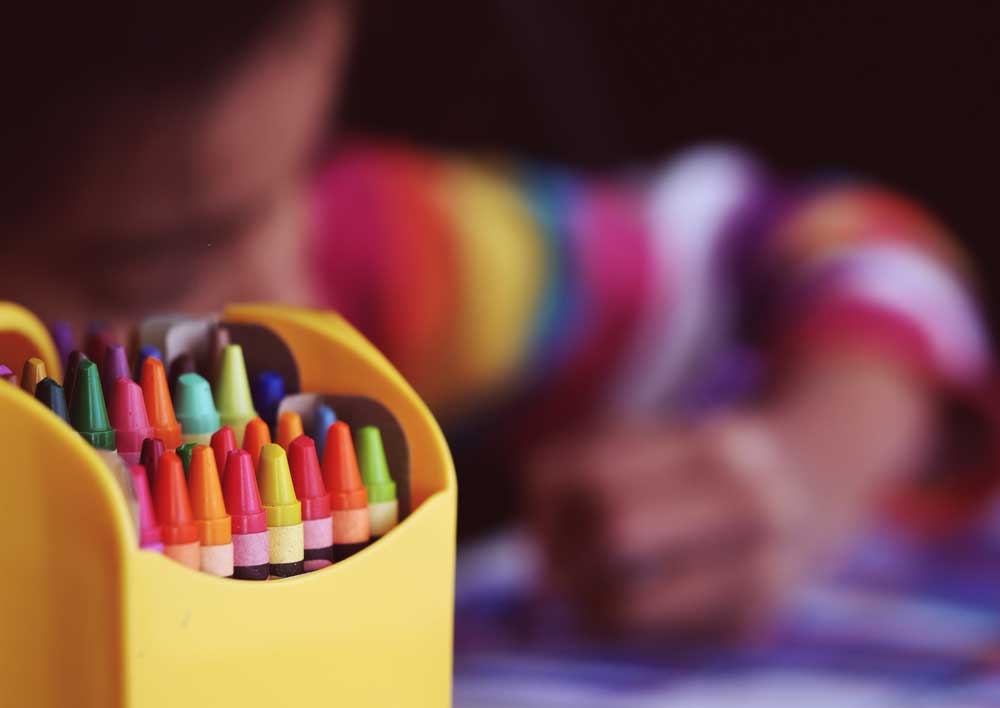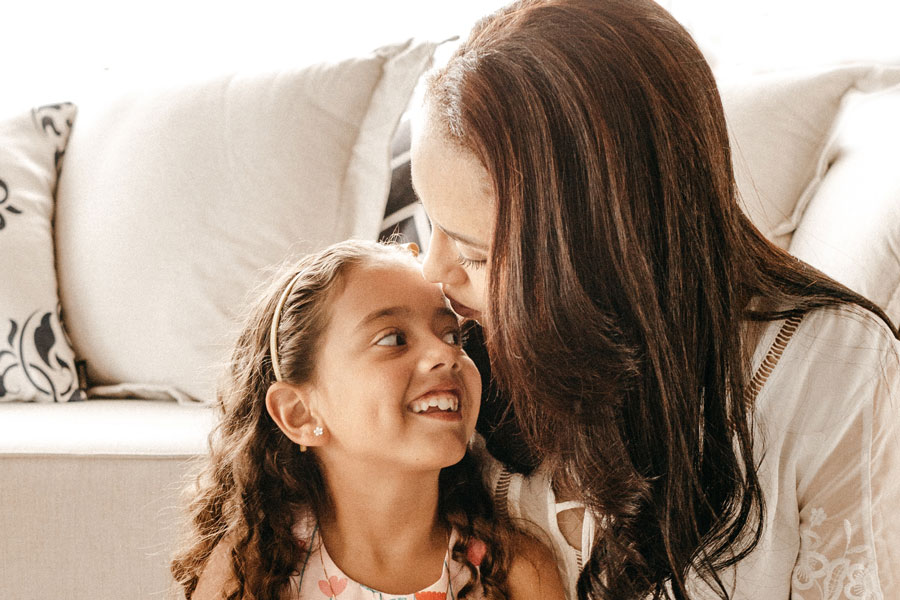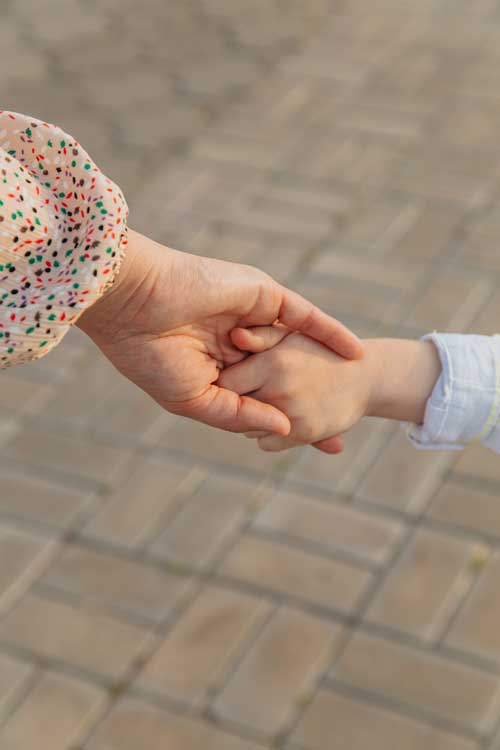“My Child goes from Zero to Sixty”: Helping Children to Understand their Emotions

Before we can help children to regulate their emotions, they need to understand thier emotions. Many children who are in care have missed out early opportunities to learn about emotions. Children exposed to abuse often only expereince negative emotions in the presence of their parents and learn that emotions are painful or uncomforrtable. Children who are neglected may not have opportunities to share emotional moments with their parents, resulting in a poor understanding of their own emotions and the emotions of others.
The following strategies can be useful in supporting children to develop a greater understanding of their own emotions and other people’s emotions. They are all activities that can be included in day to day activity rather than as a set activity and therefore can be useful for children who are resistant to discussing their emotions more overtly. Once children understand their emotions better, they are more able to notice when they are experiencing specific feelings and as a result they can regulate them better.
Increase Emotional Language
Use emotional language more frequently in day to day life to describe your own emotions or surmise what your child may be feeling. E.g. rather than “Thanks for hanging your coat up.” Try “Thanks for hanging your coat up, that’s made me feel happy”. Or “Ooh, you’ve got a bit of a frown on your face, are you feeling sad about something?”
Link Emotional Language to Physical Feelings
Help children to make a mind body connection through comment on how you are feeling and how they may be feeling physically. E.g. “I’m a bit nervous about this meeting, I’ve got butterflies in my tummy” or “That’s a big smile! You look really happy.”
Comment upon Emotions in TV Shows or Movies
TV shows and movies are often very dramatic and characters display a lot of emotions, commenting on these emotions whilst viewing can help develop emotional understanding without drawing attention to it. E.g. “Wow, that was a massive shout, he must have been very angry.” Or “Looking at the way they are jumping around, they are so excited!”
Use Emotional Coaching During Play
Whilst engaging with your child notice the emotions they are showing and comment upon these, as well as commenting upon the emotion you would like to see more of. E.g. “Gosh, it looks like you are getting a bit frustrated with that Lego! You are persevering really well though and I can see that you are working hard to stay calm”.
Get In Touch Today
If you are interested in learning more about the services we offer, please get in touch and we can arrange a free initial enquiry discussion.
















